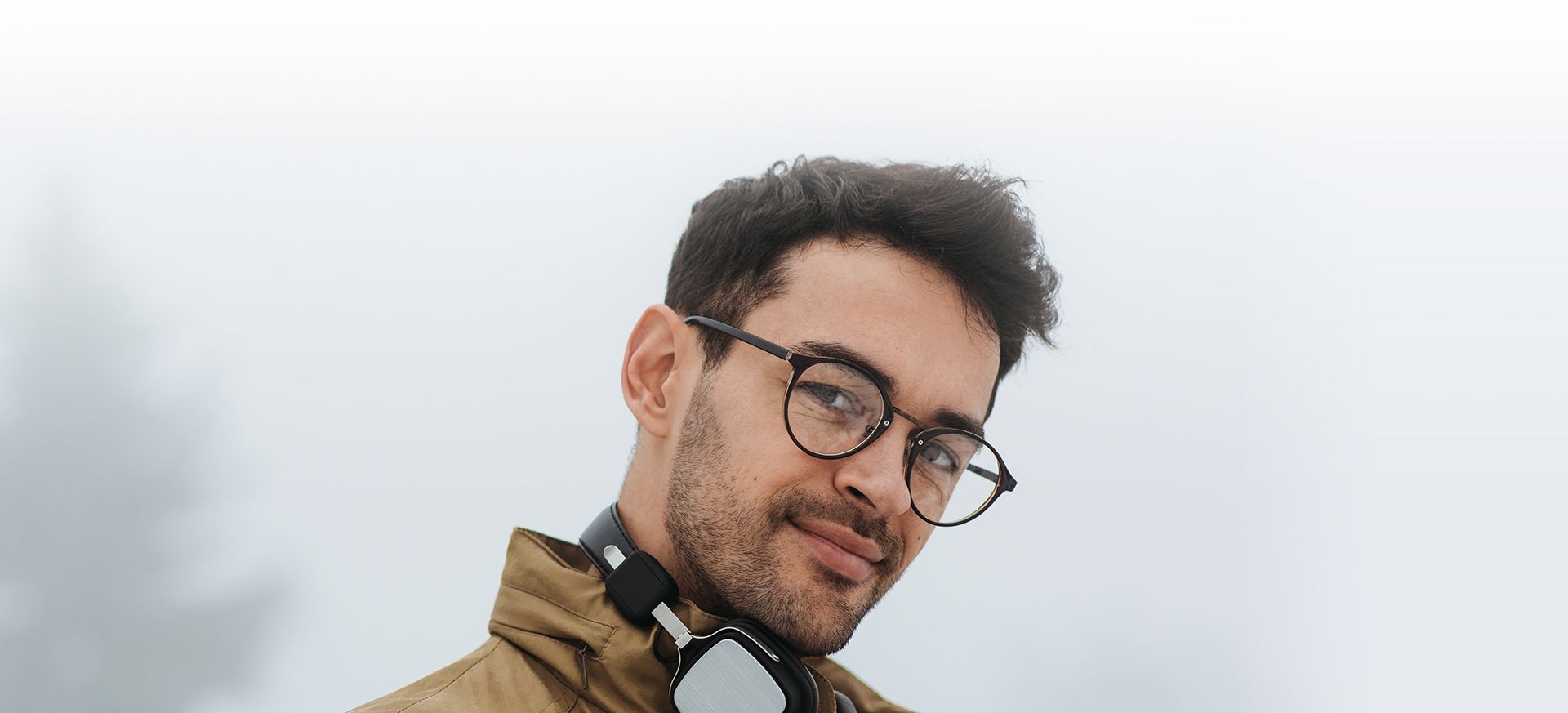
My Child Has Been Diagnosed with Near-Sightedness. Will Prescription Eyewear Correct Learning Issues?
It is unclear how much vision truly affects learning. For instances, the correlation between hyperopia (farsightedness) and reading ability is negative. Myopic (nearsighted) children are more commonly better readers. Yet, kids who spend many hours reading can develop myopia. Prior to joining the United States, myopia was rare in Alaska. After joining the union, over 50 percent of all Alaskan children are now nearsighted. Hence, poor distance vision has been linked to successful reading. In other words, nearsighted kids tend to have better reading abilities. Statistically, children with hyperopia fall behind as less adequate readers.
How Do Eye Muscle Problems Effect Vision & Learning in Lambertville?
Certain mechanical visual skills like focusing, eye teaming, convergence or accommodation are related to reading ability. If either or both eye systems are fatigued reading can be impaired. In addition, there is a connection between eye movement capability and smooth pursuits and reading. Kids who fail to make accurate eye movements tend to skip words and lines while reading.
In a school setting, a child must focus on the central portion of the visual system, and disregard peripheral vision, which was designed to respond to the motion. If a child has difficulty ignoring peripheral activity, the student will become distracted. By improving eye movement skills, the child will experience less distraction and make few reading errors.
My Child Loses Track, Is That Related to the Eyes?
To read properly you must be able to fixate on one spot to the next. A second vision & learning relationship is tracking and attention. Kids with eye movement challenges get distracted easily and lose their place. Keep in mind that the system was designed to detect motion and danger through peripheral vision. When the system is functioning as nature intended, there are sources of movements all around in a classroom. The result is an inattentive student. Therefore, the reflexive eye movements must be trained to not respond involuntarily to peripheral movement. Also, accuracy and speed must be disciplined so that a child will not lose his or her place.
Vision therapy in Lambertville is very effective at improving these skills. Once the eyes receive the information, it must be returned to the brain for processing. The data is integrated with the sensory-motor portions of the brain and utilized appropriately. Perceptual and motor defects may interfere with reading. The key is perceptual-motor skills in the early acquisition of such skills. It is important to identify a deficit at a young age. The remediation of reading skills in later years is less successful. Therefore, early identification and intervention are crucial.
My Child Reverses Letters and Words. Does He See Backwards?
It is a common presumption that kids who reverse letters or words view them backward. This simply not true. The problem is directional confusion. In every day life direction has little significance. No matter how it is placed, a chair is still a chair. In language, a change in direction alters the meaning. An upside-down d becomes q. If you flip it again, you will get a p. The difference between top and pot is merely direction,
Are Other Visual Components Necessary for Academic Achievement?
All-optical errors should be corrected, eye muscle challenges must be eliminated, and smooth accurate eye movements need to be created. Also, we must interpret what we see properly and use it appropriately. These necessary perceptual skills include size and shape recognition, hand-eye coordination, form perception, and visual memory.







